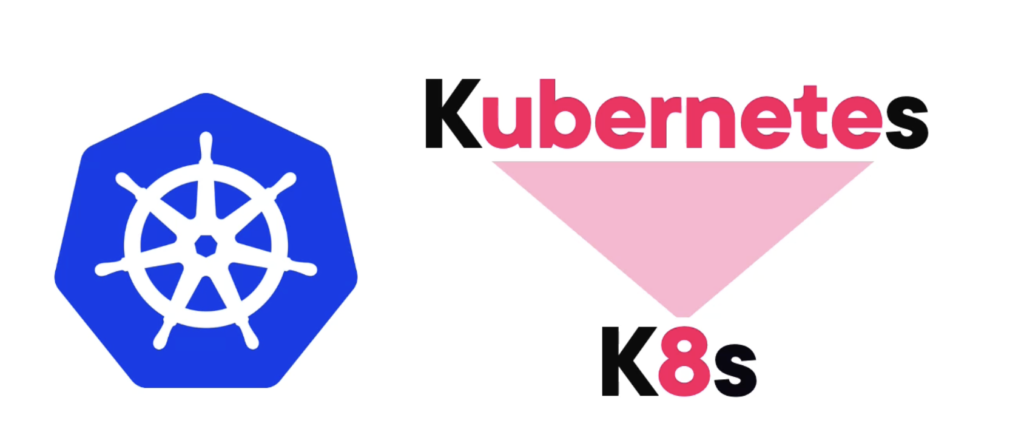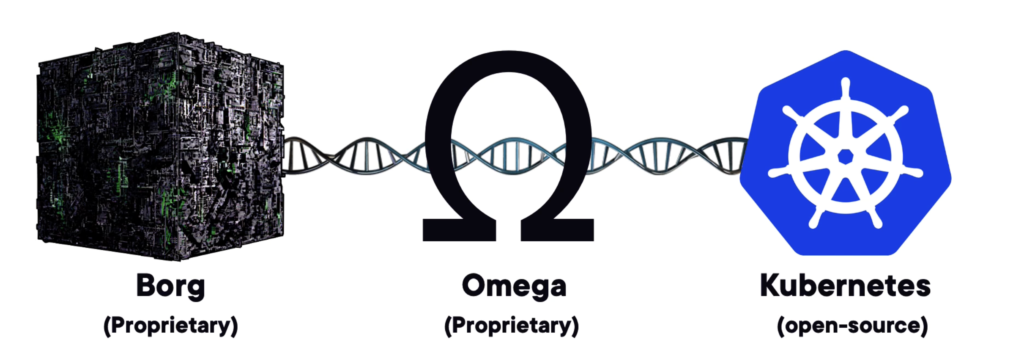Last Updated on June 29, 2024 by KnownSense
Technology world is changing in some really positive ways, and Kubernetes is front and center! Now then, if you’re totally new to this, like maybe you’re not even sure what a container is, then you must go through Docker articles first. Well, assuming you know what a container is, this is how we’re about to do things.
History

What Kubernetes actually does, and why we have it. But before that let’s start by looking back at the history of Kubernetes to understand where it came from before diving into what it does and why we use it.
Kubernetes came out of Google in 2014, it was open source and donated to the newly minted Cloud Native Computing Foundation as its very first project. Well, since then, it’s been nothing short of a meteoric rise to the top. Love it or hate it, there’s no doubt that Kubernetes is one of the biggest and most important open source technologies on the planet. It lives on GitHub, and like a bunch of the infrastructure projects out there, it’s written in Go.

All right, well, there’s a chance you’ll hear people talk about how K8s relates to Google’s Borg and Omega systems. So, what’s the crack with that? Well, it’s no secret that Google’s been rocking its own infrastructure on containers for years. Like, stories of Google churning through billions of containers, running things like search and Gmail. Well, pulling the strings at Google and keeping those billions of containers in check, there were a couple of in‑house projects called Borg and Omega. So, it’s not a huge stretch to make the connection as Kubernetes is also about managing containers at scale. However, Kubernetes is not an open source version of either of those. It’s more like it shares a bunch of its DNA and family history with those. So, in the beginning was Borg and Bog became Omega, or it spawned the idea or genesis of Omega and in end both led to the idea of Kubernetes. But the three of them are separate systems. So, Kubernetes absolutely was built from scratch from the ground up, it just leveraged a ton of stuff learned from Borg and Omega.
We’ve got that it came out of Google, got a bunch of its DNA from Borg and Omega, open source under the Apache 2.0 license, version 1. This shipped way back in July 2015, so it’s already 8 years old. So, even though it might feel super new and bleeding edge at times, and it is, but it’s actually quite mature.
The word Kubernetes, comes from the Greek word meaning “Helmsman.” Now, that’s the person steering an ocean‑faring ship. Then the logo here, obviously, that’s from the helm of a ship, which all kind of makes sense when you realize the container ecosystem is obsessed with ocean‑related jargon. Kubernetes was provisionally named Seven of Nine, which, if you know your Star Trek, you’ll know that Seven of Nine is a rescued Borg drone. So, link to Google’s Borg. But copyright laws wouldn’t let them call it Seven of Nine, but the seven spokes in the logo are a tip of the hat to Seven of Nine.
Another Topics: Overview
We’ll first understand what is Kubernetes, and it’s going to be really important. Like, we’ll cover important background info, but we’ll also level set with a bunch of the jargon, like things like what do we mean when we say cloud native and microservices and stuff like that. Then we’ll dive into Kubernetes architecture. Then we will be looking at how to get Kubernetes, just a couple of quick and easy ways so you can kick the tires and follow along with all of the examples. Well, after that, we’ll be up and running. So, we’ll deploy an app, we’ll expose it on a network. In fact, we’ll hook it into a cloud load balancer for access from the internet. But then we’ll break it and see Kubernetes fix it, we’ll scale it up and down, and we’ll do a rolling update, and a version rollback any many more
Let’s start. One by one, we will delve into the following topics: